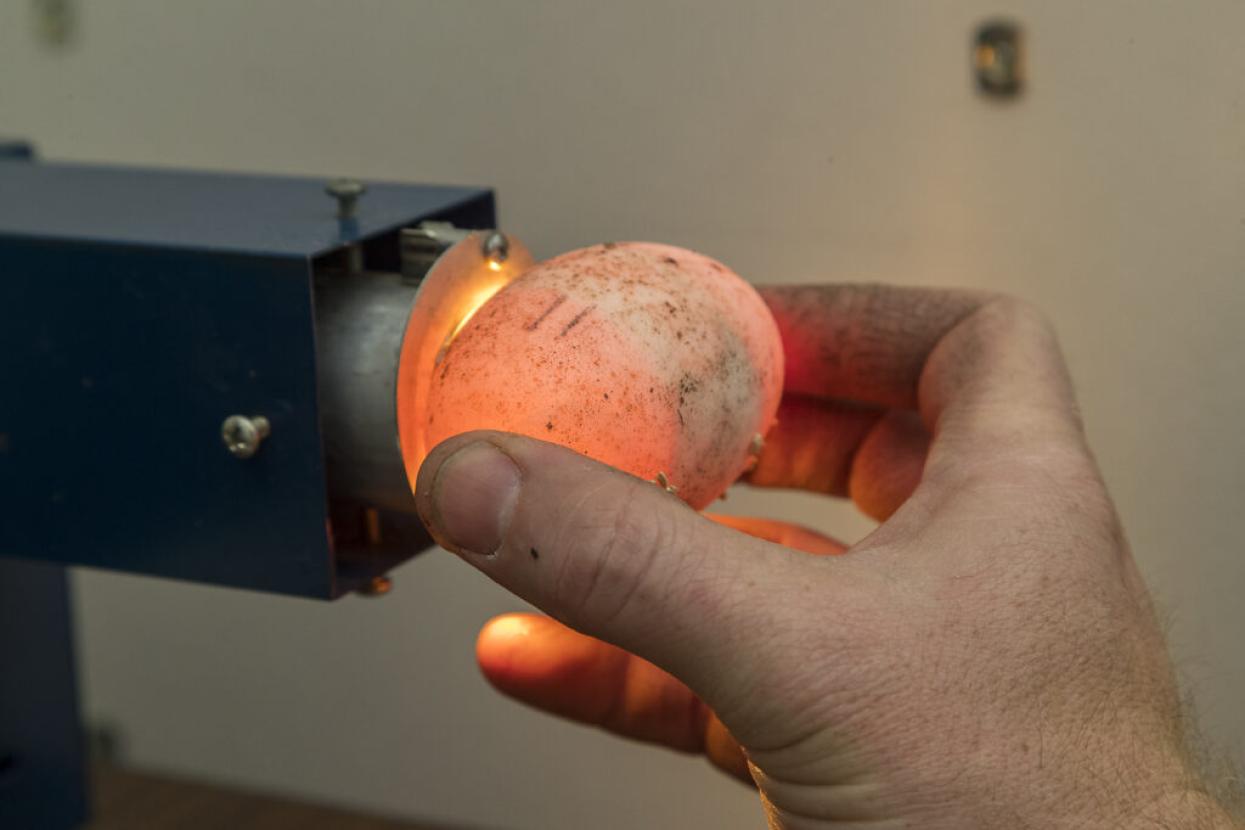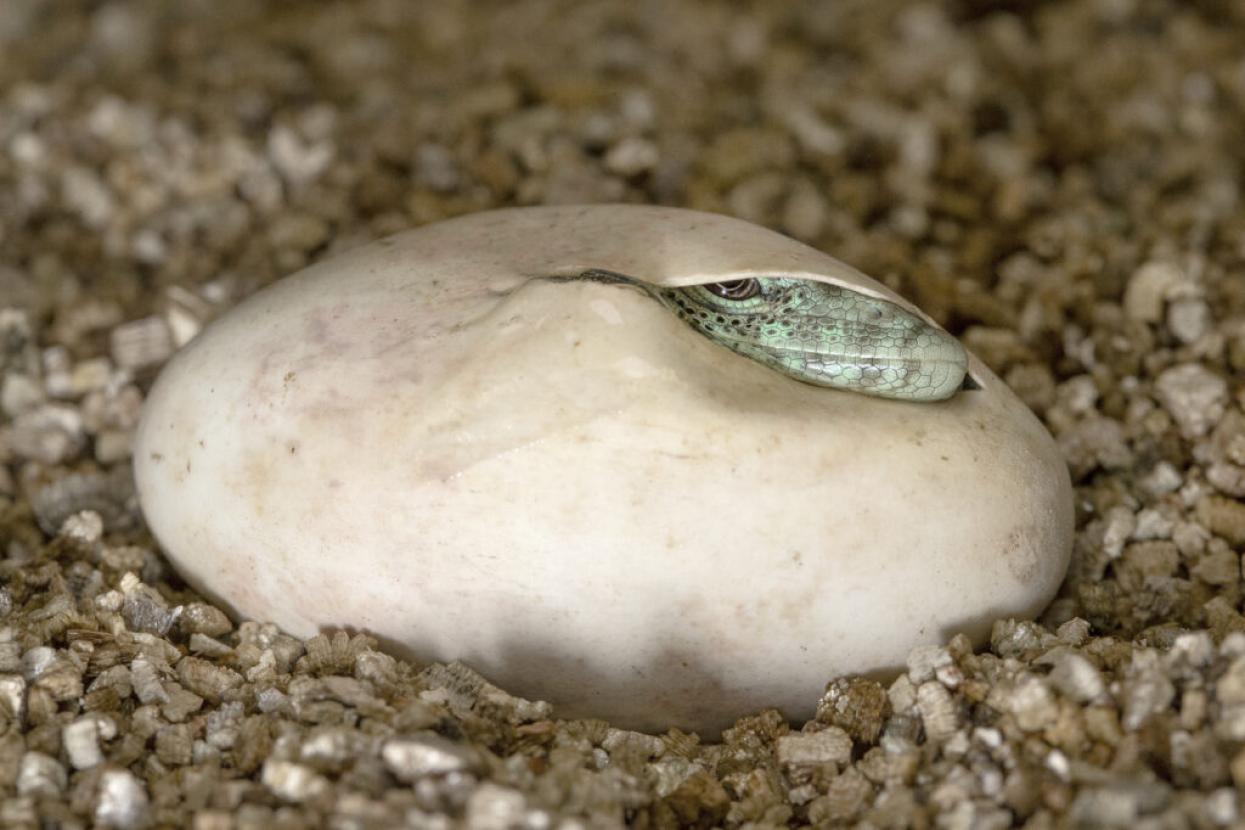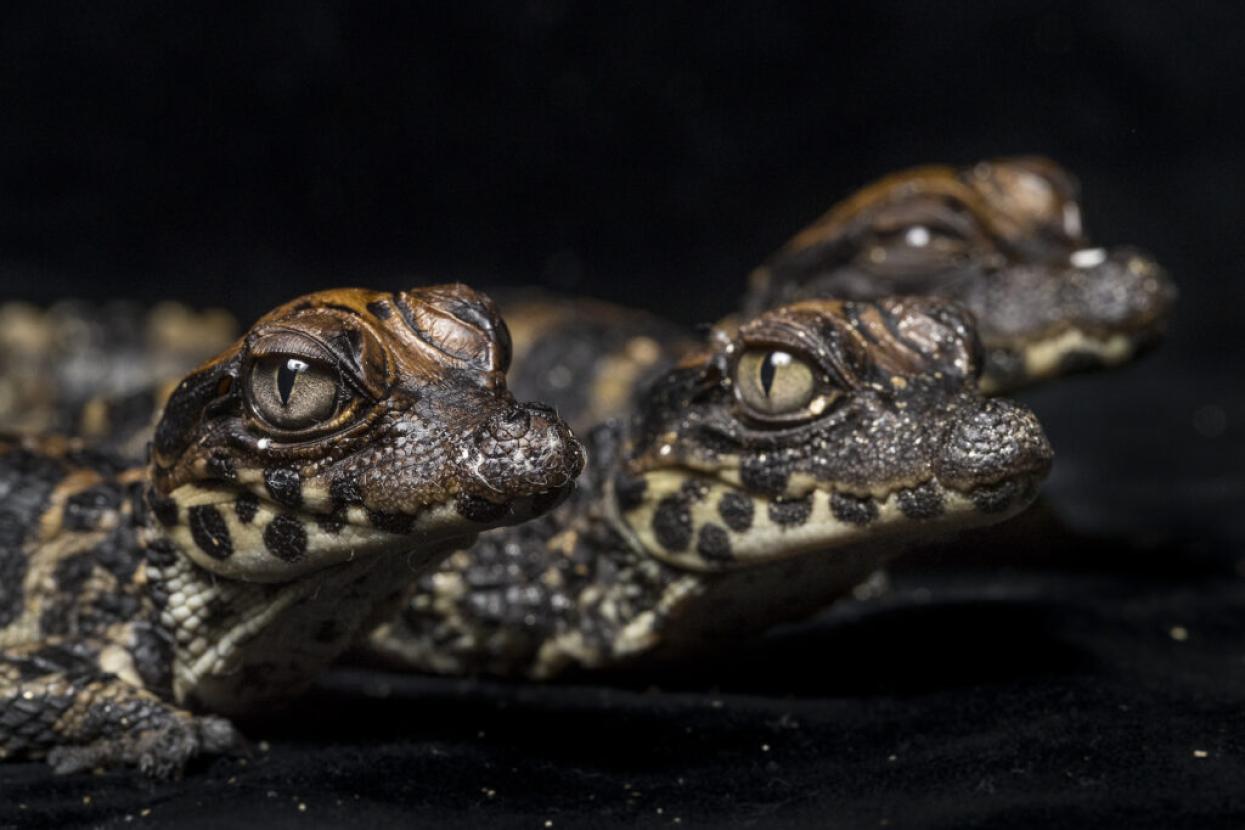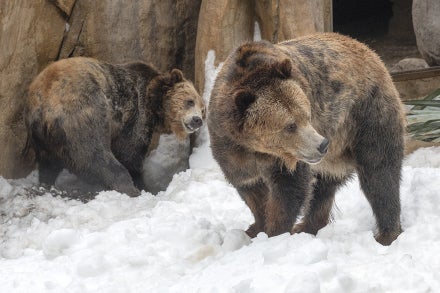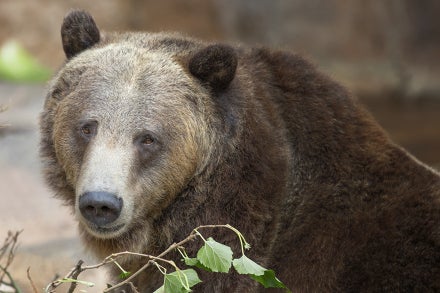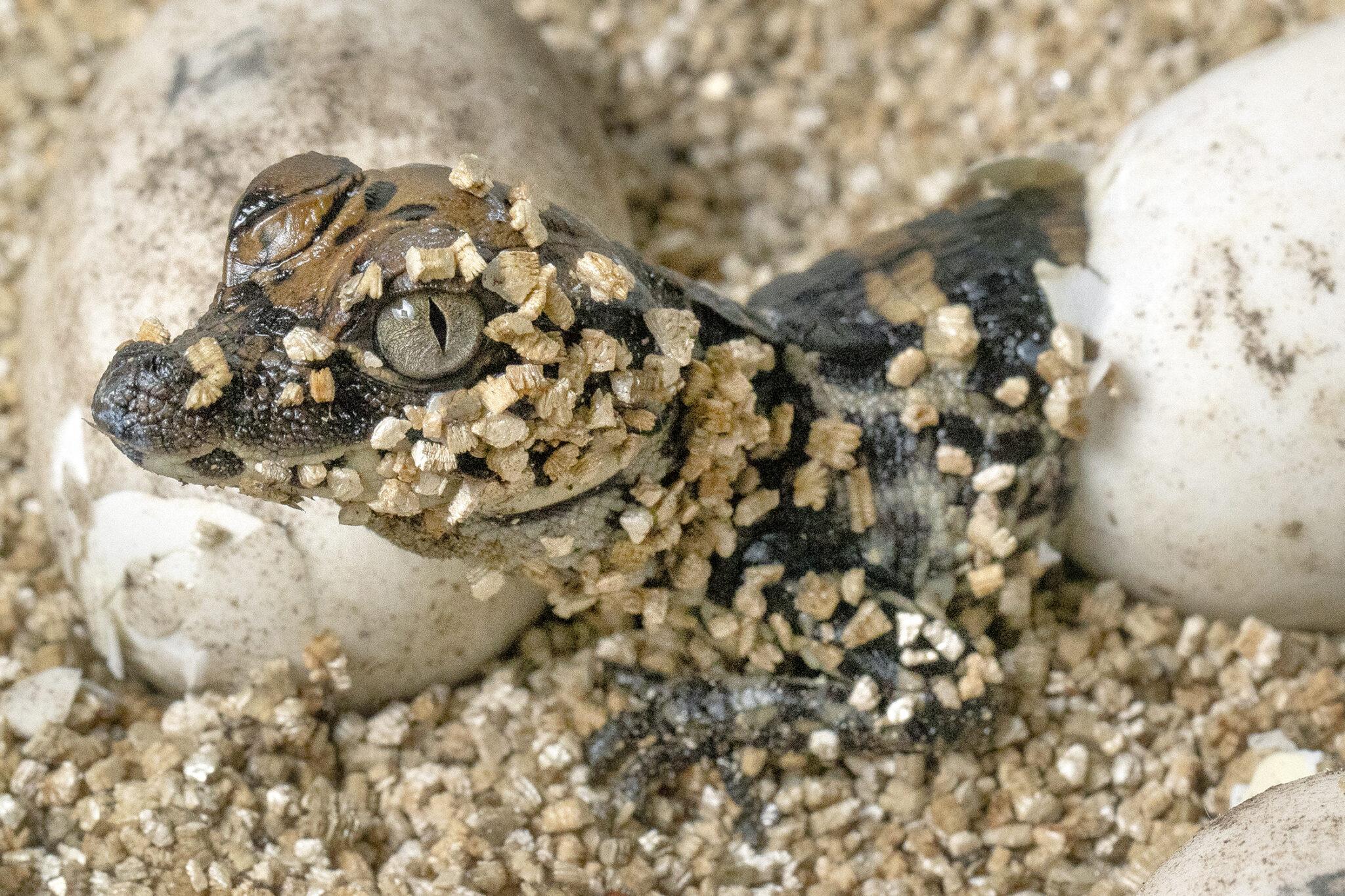
Gauging Temperature's Effect on Reproduction
With most wildlife species, modes of sex determination in embryos are found at the genetic level. A location in the gene triggers a specific sex trait, causing the embryo to become male or female. This process is called genotypic sex determination (GSD). Some wildlife species have what scientists refer to as environmental sex determination (ESD). In species that exhibit ESD, environmental factors—such as the amount of daylight exposure, demographics of adult population or social environment, and temperature—can all play a critical role in determining if the embryo will become male or female. With reptiles that exhibit ESD, it is strictly the temperature the eggs are exposed to during incubation that plays the key role in this process, and it is referred to as temperature sex determination (TSD).
A location in the gene triggers a specific sex trait, causing the embryo to become male or female.
Many lizard, turtle, and crocodilian species exhibit this form of natural history. It varies among these groups as to if a slightly warmer or cooler temperature results in the offspring being male or female. With climate change and increasing temperatures, the science community is concerned that consistent increases in temperatures have the potential to significantly affect reptile populations. In a normal climate, the sex ratios of reptiles that have TSD exhibit a mix of males and females produced. With the increasingly high temperatures, however, it is anticipated that entire populations can potentially flip to become either all males or all females, depending on which temperature triggers the corresponding sex in the embryo.
Many lizard, turtle, and crocodilian species’ sex is determined by environmental factors.
Over time, this shift in demographics of a population to where higher numbers of only one sex are present can cause catastrophic impacts on the species’ ability to reproduce and have self-sustaining populations. For example, a crocodile species that has this trait lays eggs in a nest, and if the nest temperatures are slightly cooler, the offspring will be female, and if the temperatures are a bit warmer, the offspring will be male. This difference is only about four degrees, so as temperatures rise and consistently stay higher during the months of incubation, then more and more eggs will hatch as male, eventually causing entire populations to be all male or with fewer and fewer females, which may also cause additional inbreeding issues.
For some crocodile species, only about four degrees makes the difference. If the nest temperatures are slightly cooler, the offspring will be female, and if the temperatures are a bit warmer, they’ll be male.
This is part of why habitat preservation is so critical to conserve species with TSD and ESD, as this provides the wildlife with the widest available space and thus potential temperatures they can choose from to build nests and lay their eggs. With reduced habitats, wildlife have fewer options, and these impacts amplify increasing risk to populations long-term.
By studying egg incubation parameters and reptile behavior, we can learn the critical components to nesting behaviors and use what we learn to help build ex situ populations and support conservation initiatives that help ensure climate stability.


